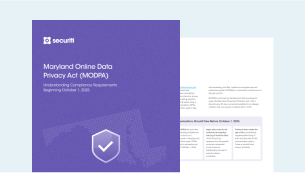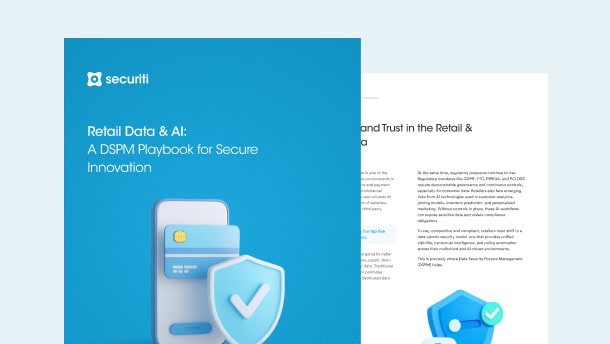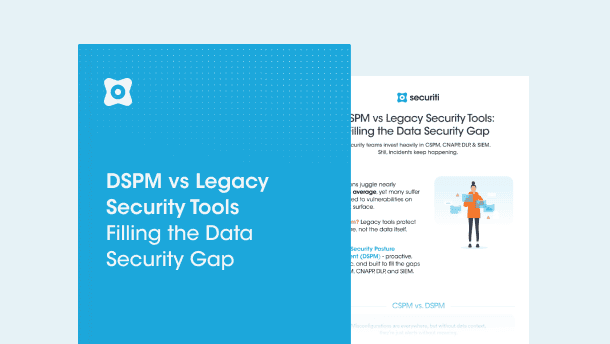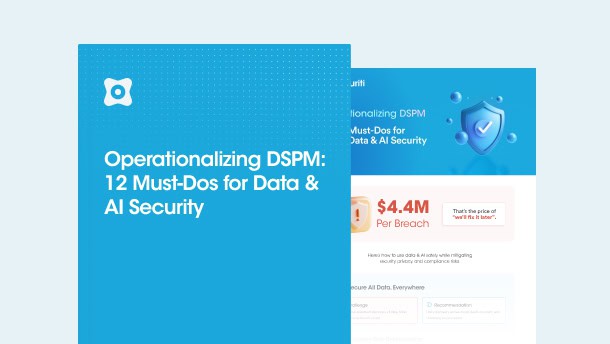An AAA Server, which stands for Authentication, Authorization, and Accounting Server, is a critical component in network security and access control systems. It plays a pivotal role in ensuring that only authorized users gain access to network resources and services.
How Does an AAA Server Work & its Key Components
AAA Servers or Authentication, Authorization, and Accounting are crucial components of access control and network security. Here's an overview of how an AAA server works and its key components:
Authentication
- User Identification: Before granting access to a user to a network or resource, the AAA server authenticates the user by verifying credentials, such as usernames and passwords, digital certificates, or biometric information, to confirm the user's identity.
- Communication with Identity Sources: The AAA server communicates with identity sources, such as directory services (like LDAP or Active Directory), to authenticate the user's credentials. This confirms the identity of the user.
- Authentication Protocols: AAA servers use a number of authentication protocols, such as Diameter, TACACS+ (Terminal Access Controller Access-Control System Plus), and RADIUS (Remote Authentication Dial-In User Service), to protect the authentication process.
Authorization
- Access Control Decisions: The AAA server establishes the user's appropriate degree of access or permissions once the user has successfully authenticated. Choosing which resources or services a user is permitted to access based on their identity, role, and other established regulations is the process of authorization.
- Policy Enforcement: Using internally specified access control lists (ACLs) or communication with policy servers, the AAA server imposes access control guidelines. By taking this step, users may be confident they are only accessing resources for which they are permitted.
Accounting
- Logging and Monitoring: To ensure transparency in auditing and monitoring, the AAA server maintains records of the user's actions, such as recording data about login and logout timings, resources accessed, and session duration.
- Usage Statistics: Accounting data offers insightful analysis of network usage patterns, which helps administrators identify underutilized resources or possible security risks.
- Integration with Logging Systems: To provide rigorous security monitoring, the accounting data obtained by the AAA server is often combined with logging systems or SIEM (Security Information and Event Management) solutions.
Communication with Network Devices
- Interactions with Network Devices: The AAA server exchanges authentication and authorization data with network devices, including switches, firewalls, and routers. This ensures that network devices may make sound decisions on access control based on the user's identity and rights.
- Secure Communication: Encryption is utilized to secure communication between the AAA server and network devices, therefore preventing unauthorized access or manipulation of sensitive data.
User Database
- Storage of User Information: The user database contains user credentials, roles, profiles, and other necessary data required for authorization and authentication procedures.
- Integration with Identity Sources: To ensure that user data is accurate and up to date, it could interface with external identity sources like Active Directory or LDAP.
Policy Repository
- Access Control Policies: The policies that specify what activities users are permitted to undertake are kept in the policy repository. Access to certain resources is granted or denied based on the terms and circumstances outlined in this policy.
- Dynamic Policy Enforcement: With the help of the policy repository, managers may dynamically enforce policies and modify access control rules in response to evolving needs or security risks.
Logging and Reporting
- Audit Trails: To keep systematic audit trails, AAA servers provide reporting and logging features. These records are essential for compliance reporting, forensic investigation, and the identification of security issues.
- Integration with SIEM: The ability to analyze log data centrally via integration with Security Information and Event Management (SIEM) systems improves security monitoring capabilities.
What are the Advantages of Using AAA Servers?
There are several benefits to implementing AAA servers for controlling user behavior and safeguarding network access.
AAA servers improve security by meticulously verifying users, ensuring that only those with permission are allowed access. Granular control over user rights is made possible via the authorization component, which guards against unauthorized access to private resources. The accounting function also keeps thorough records of user activity, which helps with threat identification, compliance, and audits.
Since AAA servers are centralized, management is streamlined, making it easier to enforce access policies and administer users. All things considered, AAA servers provide a strong foundation for enhancing network security, managing access, and upholding responsibility in a variety of digital environments.
What are the Common Use Cases for AAA Servers?
AAAs are widely used in a variety of settings and play a crucial role in ensuring secure access and efficient management.
AAA servers are often used in corporate networks to verify user identities, manage sensitive data access according to roles and permissions, and keep thorough records for legal requirements. AAA servers are also used by Internet service providers (ISPs) to effectively manage subscriber services by authenticating and authorizing customers to connect to their networks. AAA servers are essential in the telecommunications industry for user authentication and authorization for voice-over IP (VoIP) and mobile networks.
Additionally, AAA servers are essential components of Virtual Private Network (VPN) systems, strengthening security via the enforcement of access controls and user authentication.





































